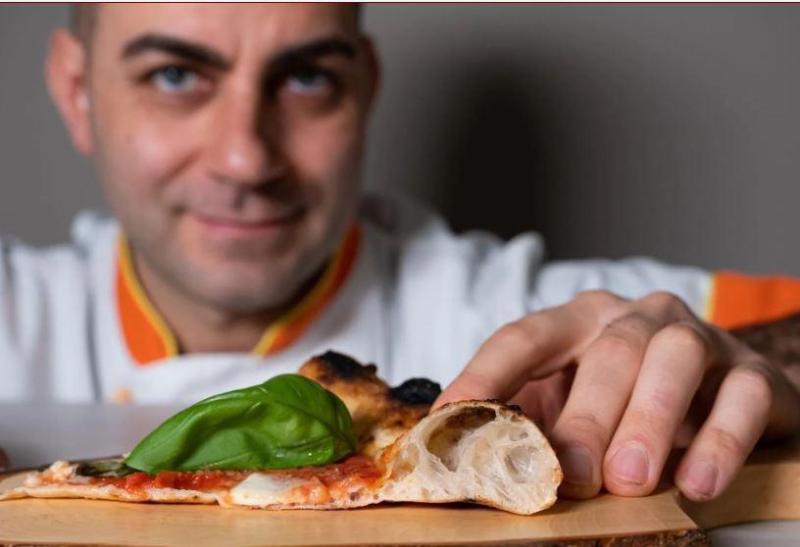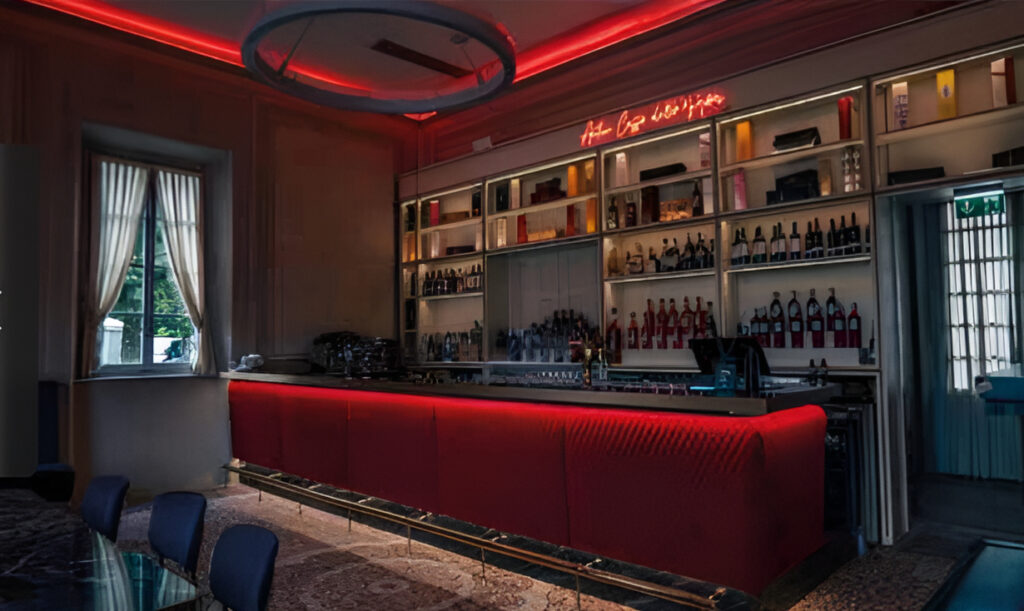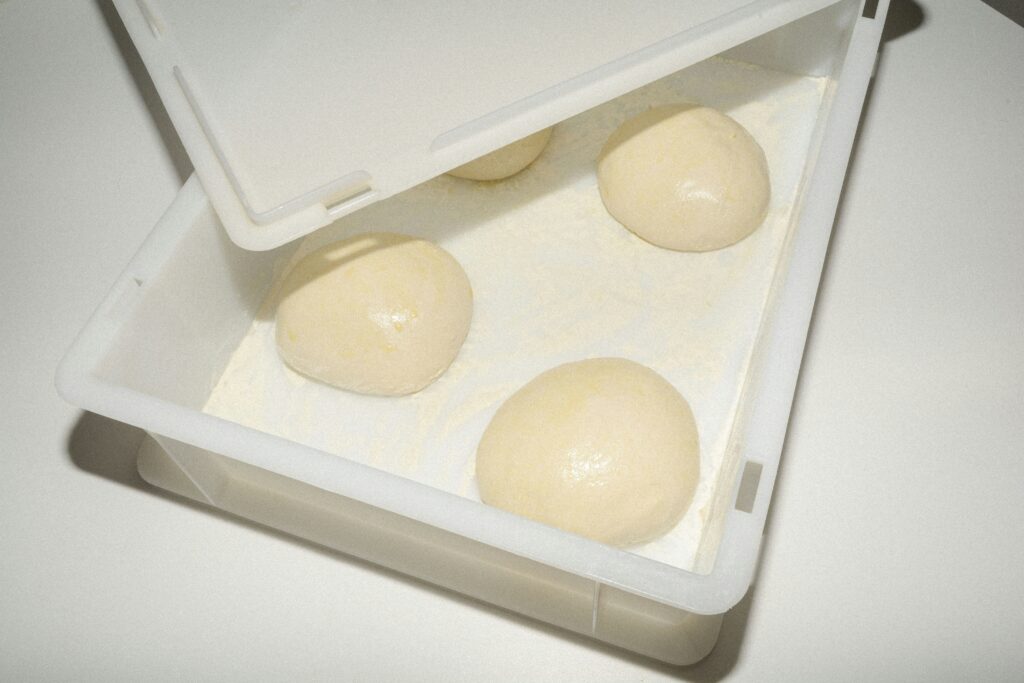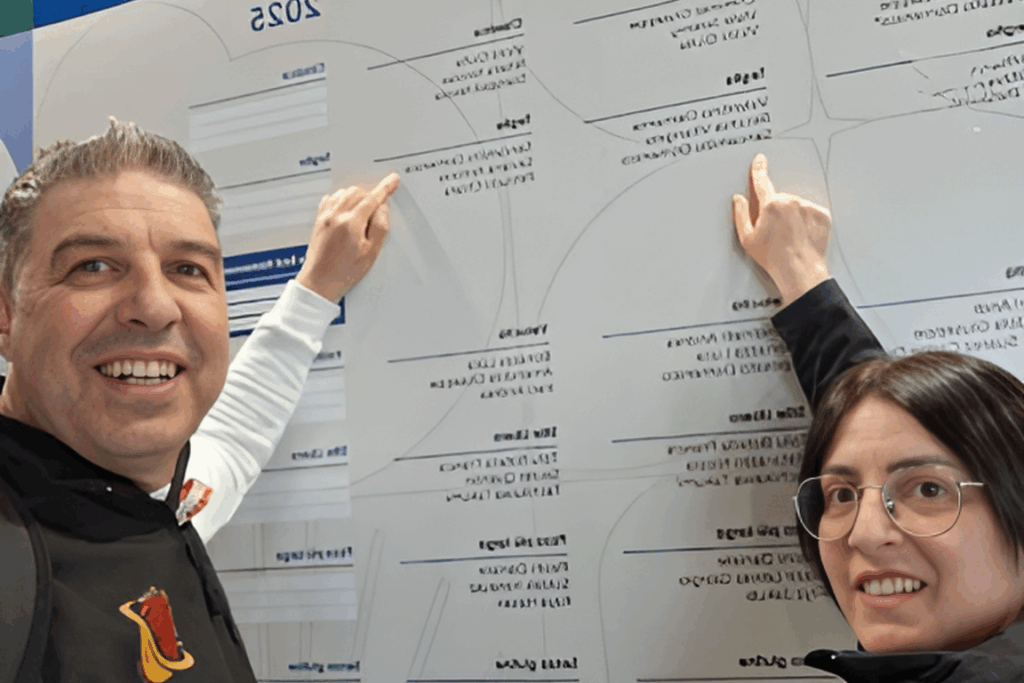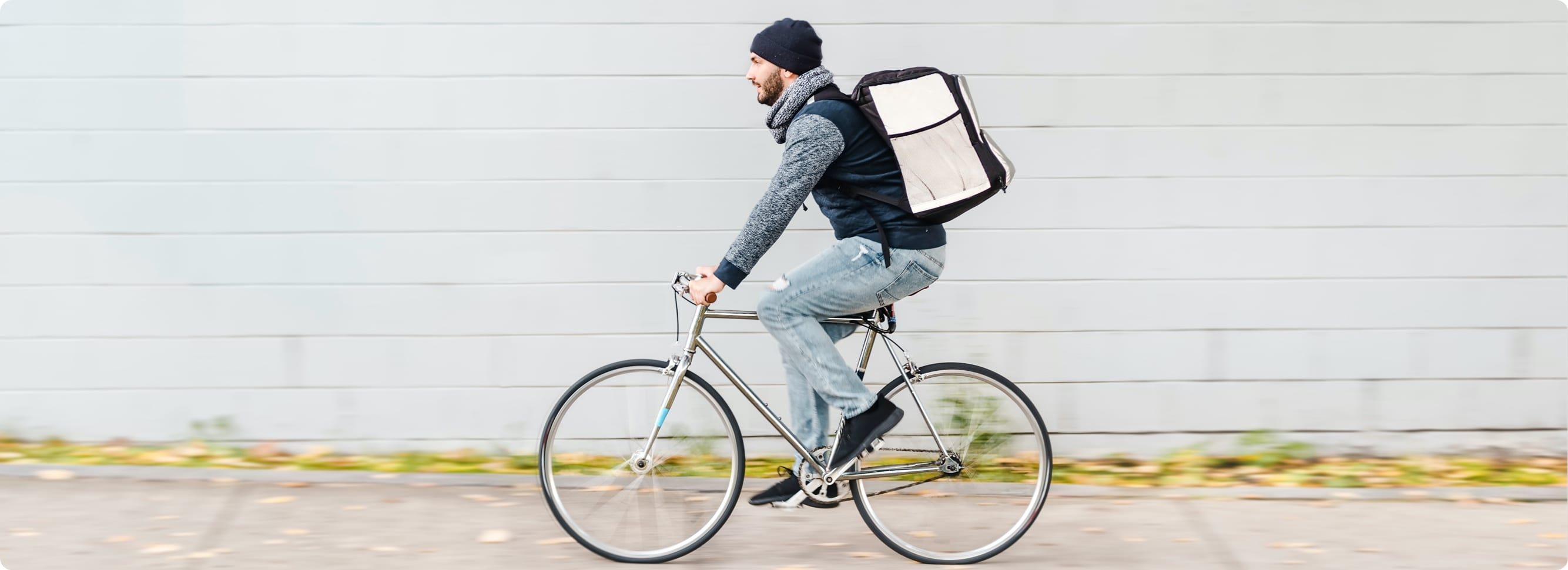
Home delivery is a sector that is growing at double-digit annual rates, but at the same time it is subject to great criticism due to costs and job insecurity. Among service costs and market prospects, a journey through the lights and shadows of food delivery for catering professionals.
A NEED, AN OPPORTUNITY, A CHALLENGE
Spring 2020, Italy. When most Italians were locked indoors, one of the few noises you could hear on the streets was that of the bikes of riders (delivery boys), a category of workers who never stopped working.
Driving through the quiet streets, ringing the doorbells of our homes armed with masks and gloves, these 2.0 delivery men allowed the restaurants to remain somehow open, as home delivery was the only form of catering allowed. The months of the lockdown have been very difficult to deal with and, among other things, they reminded us of the essentiality of digitizing various sectors, including the food service. According to a survey carried out by the Just Eat Monitoring Center – one of the leading companies in the sector, active in Italy since 2011 – on a sample of 2000 people, the 34% (more than a third) of the people interviewed turned to a digital food delivery service for the first time ever during lockdown. Sure, a fact that is the mirror of a contingent necessity, but also of a trend that does not mention to stop.
Overall, according to McKinsey’s consulting center, the food delivery market in Italy amounts to 2 billion euro per year – compared to 83 billion recorded worldwide, 1% of the entire food sector – and, if we aggregate take away data, the estimates show an impressive turnover of 4 billion euro. According to data collected by the Federazione Italiana Pubblici Esercenti (Italian Federation of Public Merchants), however, only in 2018 as much as 30.2% of Italians ordered a meal through one of the food delivery platforms. Although previous data are already significant, it is worth adding the fact that, to date, only 18% of food delivery orders pass through a platform. If compared with those of countries where home delivery is a much more solid reality, these numbers show how the growth opportunities related to this sector are still to be seized.
It’s not all gold, however, what is delivered to home: from high service costs to doubts about the operators’ actual benefit and about the environmental sustainability. There are many perplexities and shadows surrounding the growth of food delivery.
Does home delivery help or damage catering professionals? What are the differences among the different apps? What are the prospects for the future?

NOT ALL PLATFORMS ARE THE SAME
Glovo, Just Eat, Deliveroo, Uber Eats. But that’s not all: first, it is important to distinguish the realities that work only as intermediaries between the restaurant and the consumer, without providing a delivery service (like Just Eat) from those including logistics instead, with their own network of delivery boys – most of them, like Glovo, Deliveroo, Alfonsino, Uber Eats. This first difference directly affects the commission percentage of the different platforms, which varies considerably. It varies from 10% to 15% of the order in the case of Just Eat – motivated by the need of the caterer to have their own delivery man – reaching a range between 19% and 25% (in some reports it’s also mentioned 35%) for services such as Glovo, Deliveroo and Uber Eats. In both cases, these percentages include communication, promotion and consulting fees based on collected data. But how much does all this actually cost?

THE RULE OF SILENCE
Establishing the real cost of platforms for caterers is complex, for two reasons. On the one hand, agreements are made with the individual realities, applying discounts and percentage reductions based on several parameters, such as the choice to operate in exclusivity with a platform. On the other hand, there is the policy of Assodelivery (the Italian association that brings together the food delivery realities covering 90% of the Italian market, i.e. Just Eat, Uber Eats, Social Food, Glovo and Deliveroo) which forbids the release of this kind of information and obligates merchants to sign a non-disclosure agreement. Despite attempts to keep as much secret as possible, surveys, inquiries and reports from various newspapers give an idea of the percentages applied not only to delivery costs, but also to activation costs, which are on average around 150 euro, even reaching 300 euro – with the necessary exceptions, of course, for promotions and individual agreements.

WHO DOES IT BENEFIT TO?
Very high prices therefore and in spite of the undeniable benefits offered by the delivery service, such as the reduction of administration costs, the expansion of the clientele and the general increase in turnover – according to Fipe estimates in 2018 the restaurants had an extra income of 500 million – the merchants have to evaluate the convenience of these services from time to time, also on the basis of their volume of business and the offers they propose. What you can be certain about is that generally relying on these platforms is undoubtedly more convenient for those operating in populous cities with a high number of deliveries.

THE FUTURE, BETWEEN SUSTAINABILITY AND DARK KITCHEN
Sacha Michaud’s words are not new to insiders. In recent years the world of food delivery is experiencing such acceleration that there is no lack of ideas, prototypes and new solutions to address the problems of cost reduction and environmental sustainability. In fact, if it is true that delivery boys help to reduce pollution thanks to the primary use of the bike for deliveries – Deliveroo states that about 80% of its delivery boys use this vehicle, with a saving of about 700 tons of Co2 only in Italy – it is equally true that packaging is often made of plastic and is not disposed of properly by the final customer. It is estimated that in China, in 2017, waste caused by home deliveries amounted to 1.6 billion tons. To date, the problem of pollution related to food delivery is still poorly analyzed, also because of the difficulty in making estimates. In fact, the main platforms leave freedom to operators about how to pack food. Fortunately there are virtuous examples to follow and many alternatives to plastic. For instance, Just Eat offers the possibility to buy its own range of plastic free products – recently launched the world first line of containers made of seaweed – and paper, bioplastic and bamboo supplies are increasingly popular. A race for innovative and sustainable solutions also dictated by the need to prepare for the ban on disposable plastic supplies starting from 2021 in the EU.

Among the solutions to reduce the costs of delivery, however, one in particular is raising a lot of interest: the dark kitchen or cloud kitchen. They are centralized professional kitchens without a restaurant room in which several chefs and caterers can prepare their dishes expressly for home delivery. It’s not science fiction; on the contrary, it’s already a reality in our country too – especially in Milan, where the biggest Italian dark kitchen is located. Will dark kitchens establish themselves or will they just be a passing fad? Will the kitchens disappear from our homes?
Whatever the future holds, food delivery is bound to have more and more influence for caterers and merchants, so it is essential to deeply understand this sector and approach it with awareness.
